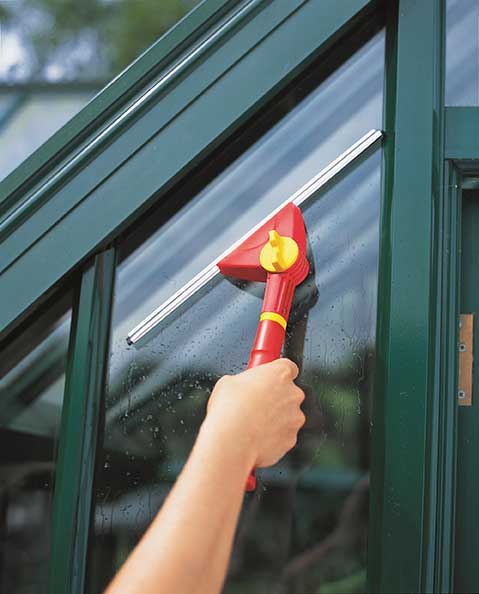During the colder months, the leaves and shoots on evergreens can discolour and die quickly. Cut away all dead twigs and foliage once the risk of frost has passed. This will prevent any frost damage to new shoots and ensure that the plant produces healthy new growth.
To recognise dead shoots, simply score the bark lightly with your fingernail. If you see fresh green tissue underneath, the twig is healthy. If it has turned a yellowish green and is drier, it has died and must be cut off.
When it freezes, water is bound in the earth and cannot be taken up any longer by plants. Evergreen plants give off water in winter and dry out easily because the roots cannot obtain any more. As soon as the worst of the frost is over, cut off the dead tips and be sure to water your evergreens on frost-free days to ensure they absorb the maximum amount.

Use shears to cut away any old foliage from evergreens to encourage spring flowers and remove any faded leaves from plants to prevent fungal diseases. Dead branches should also be pruned with a pair of loppers to allow fresh growth to take their place and will also help to control the plant’s shape.
Weed vegetable beds thoroughly with the multi-change® Swoe Hoe, which will allow you to freely move around any existing plants. Once weeds have been removed, cover the soil with compost to prepare it for sowing.
As sunlight is reduced at this time of year, use the multi-change® Window Washer and Window Wiper to clean greenhouse windows inside and out to allow as much light in as possible.
If you haven’t already done so, clean your gardening tools and service your lawnmower to ensure that they are ready for the spring.